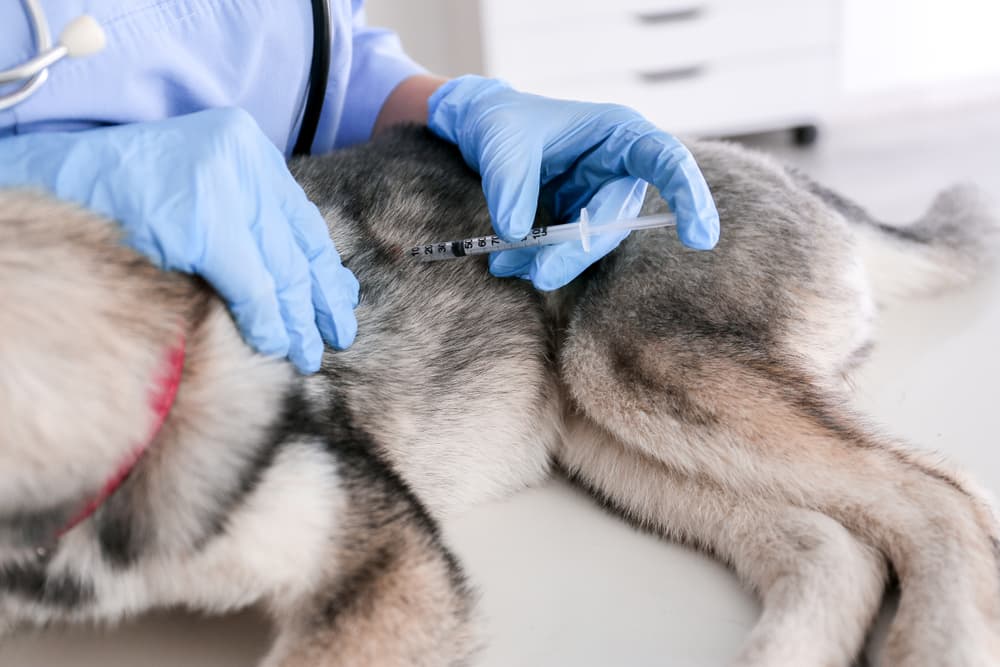Introduction to Liver Disease
The liver is responsible for a variety of functions, including lipid, carbohydrate, and protein metabolism; vitamin storage, metabolism, and activation; mineral, glycogen, and triglyceride storage; extramedullary hematopoiesis; and coagulant, anticoagulant, and several acute phase proteins synthesis. Through the production and enterohepatic circulation of bile acids, as well as the detoxification of various endogenous and exogenous chemicals, poisons, and xenobiotics, it modulates immune responses and aids digestion. Hepatic damage must be severe or chronic and repeated to induce overt hepatic dysfunction or failure, because the liver has a huge functional reserve and the potential to regenerate.
Increased liver enzyme activity is associated with active liver injury, with cytosolic transaminases (ALT, AST) reflecting altered membrane permeability or viability or the phenomenon of membrane blebbing, and membrane-associated enzyme induction (alkaline phosphatase [ALP], -glutamyl transferase [GGT]) reflecting cholestasis and increased protein transcription (enzyme induction). Because of its sentinel location between the systemic circulation and the GI tract, and because it contains the biggest population of fixed macrophages (Kupffer cells) in the body, the liver is vulnerable to secondary damage. Phagocytosis by macrophages can trigger the release of inflammatory cytokines, resulting in local cellular damage and the recruitment of inflammatory infiltrates. The liver’s high metabolic activity increases its exposure to noxious products, especially in the centrilobular area, where cytochrome p450 activity is strong and noxious compounds and adducts are produced. Hypoxia is also more damaging to hepatocytes in this area. Through oxidative processes, the buildup of hepatic copper and/or iron can trigger and exacerbate liver damage.
The kind, cause, and duration of the insult all influence the clinical indications of liver damage. Anorexia, vomiting, diarrhea, weight loss, and fever are all common clinical symptoms. Animals suffering from severe, diffuse liver damage may develop jaundice, polyuria and polydipsia (PU/PD), coagulation problems, and ascites. Ascites is a sign of developing portal hypertension, and it’s usually accompanied by the creation of acquired portosystemic shunts (APSSs) and hypoalbuminemia. In acquired liver disease, hepatic encephalopathy (HE) occurs only when diffuse fibrosis and APSSs have formed, in acute fulminant liver failure, or as a result of congenital portosystemic shunts (congenital malformations of the portal vein that shunt portal blood directly to the systemic circulation). Complete bile duct blockage (acholic or pale-colored feces) or enhanced enteric bilirubin removal can induce a change in fecal color (green fecal color). Microhepatica (small liver) usually reflects portal venous hypoperfusion, diversion of enteric hepatotrophic factors normally delivered in the portal circulation, or the presence of chronic hepatic fibrosis in dogs, whereas hepatomegaly is found with diffuse infiltrative or storage disorders, acute extrahepatic bile duct obstruction (EHBDO), congenital biliary cystic malformations, or passive congestion.
Liver Hematology
A nonregenerative or regenerative anemia can occur depending on the degree and underlying cause of liver disease. As a result of hypoxia, severe or acute anemia can affect the liver, inducing changes in hepatocyte membranes, resulting in the release of transaminases and the production of ALP. In cats with cholangiohepatitis and hepatic lipidosis, abnormal RBC morphology (poikilocytes, irregularly irregular RBCs) is prevalent (HL). Heinz bodies can occur in cats with HL, severe cholangiohepatitis, and EHBDO, indicating oxidative damage that can lead to hemolysis. When nutritional assistance is applied, severe hypophosphatemia in HL can occur as a result of a re-feeding syndrome, resulting in hemolysis severe enough to necessitate a blood transfusion; this can be prevented by administering fluid treatment supplemented with potassium phosphate. RBCs with microvascular shearing (eg, schistocytes, acanthocytes) may be found in dogs with generalized necroinflammatory liver disease (altered sinusoidal perfusion). Although the pathogenic cause of RBC microcytosis in congenital or acquired portosystemic shunting is unknown, it is prevalent.
WBC count and distribution changes are unpredictable. Inflammatory, infectious, necrolytic, or diffuse infiltrative hepatic diseases, as well as endogenous or administered glucocorticoids, can cause leukocytosis. Sepsis or toxicosis can cause leukopenia. Damaged sinusoidal microvasculature can cause platelet aggregation in severe diffuse necroinflammatory liver injury, leading to thrombocytopenia and disseminated intravascular coagulation.
Liver Disease and Coagulation Tests
Reduced synthesis or activation of coagulation factors and anticoagulant proteins generated in the liver (factors V, VII, IX, X, XI, XII, fibrinogen, prothrombin, antithrombin, protein C, plasminogen, 2-macroglobulin, and 1-antitrypsin) can cause coagulation disorders. Vitamin K–responsive bleeding can occur in animals with EHBDO or bile duct immunoinjury (feline sclerosing cholangitis), or in cats with HL, due to decreased enteric absorption of fat-soluble vitamins. Vitamin K–responsive coagulopathies appear to be more common in cats with liver illness. Traditional coagulation tests may miss imminent coagulopathies that go undetected following a physical exam, urine or feces analysis, or a mucosal bleeding time test. Low protein C activity (70 percent activity) is common in dogs with congenital or acquired portosystemic shunting, which appears to reflect the severity of the shunting. Although some of these dogs’ coagulation factors may be much lower than in age-matched control groups, clinical coagulopathy is uncommon.

